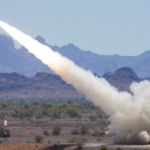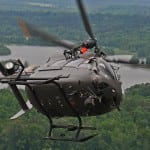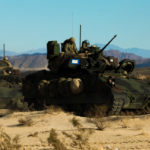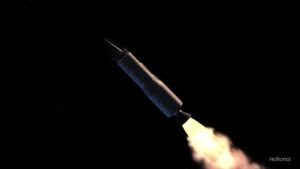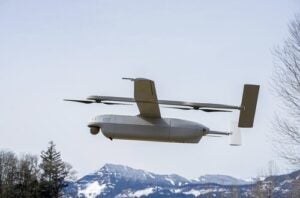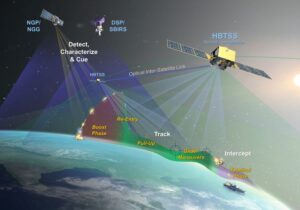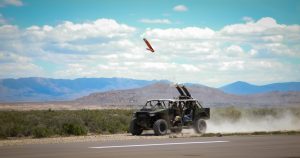
HUNTSVILLE, Ala. --The Army has offered extensive details on its pursuit of new Launched Effects (LE), with the service planning rapid prototyping and forthcoming production efforts for short, medium and long-range capabilities. Army officials on Tuesday noted an operational demonstration is planned later this year for LE Medium Range after extensive prototyping with several vendors, while the service will select up to two vendors for LE Short Range prototyping this fall and is in the planning stages to initiate LE…

 By
By 
